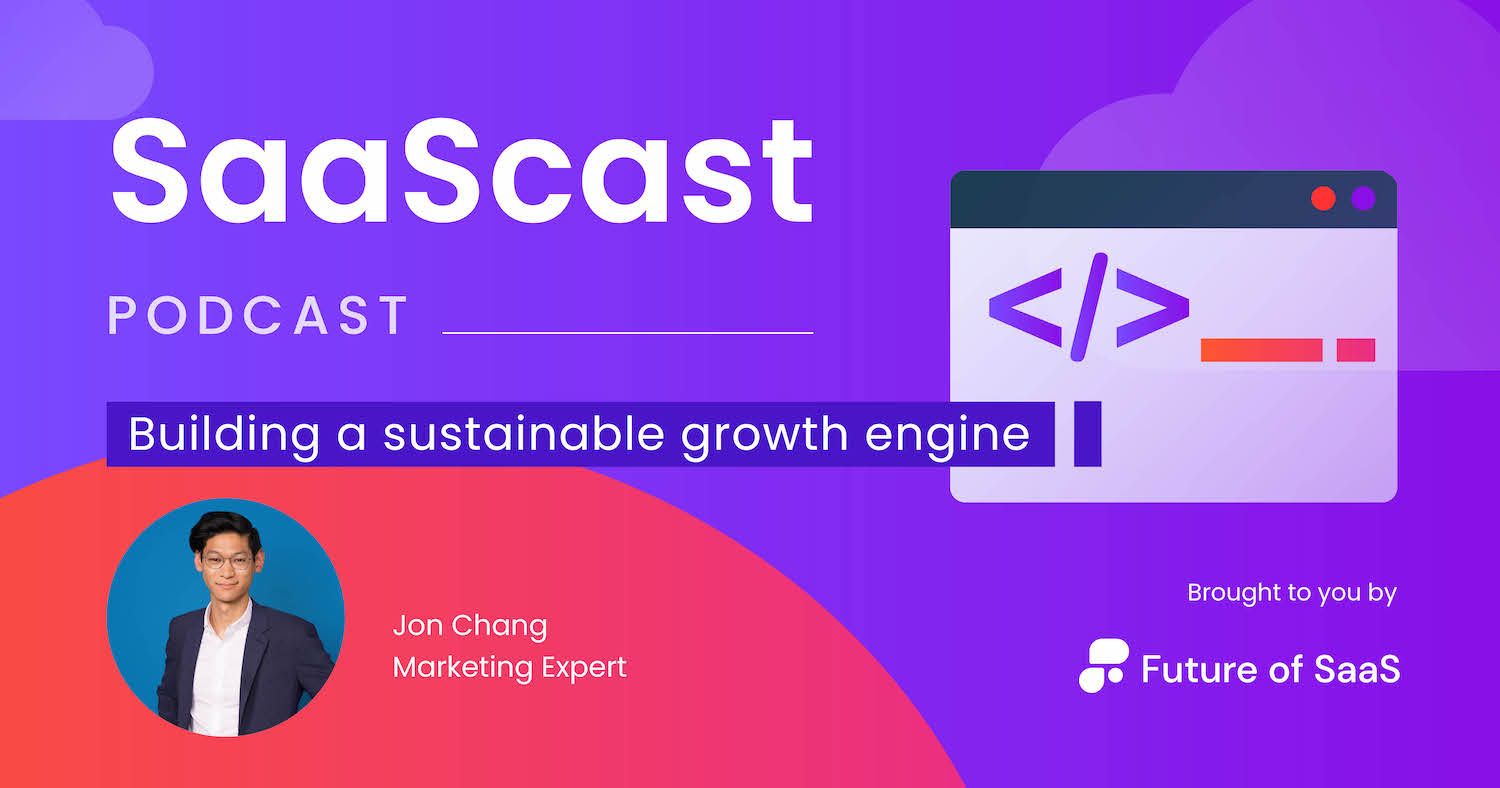We are experiencing an undeniable environmental crisis, and it is easy to get overwhelmed by the magnitude of the situation. But there are glimmers of hope as individuals and businesses alike are embarking on intentional paths of change.
In the media and advertising space, some of the biggest brands have announced ambitious sustainability goals that stretch out for the next decade or more. In September, Samsung made public its intention to achieve net zero emissions by 2050. Many other brands have made similar announcements.
These companies are also expanding the definition of environmental impact to include not only their core operational emissions but also those of their full supply chain, or scope 3 emissions. In ad tech, those supply chain mandates might include a requirement to deliver carbon-neutral advertising or for all tech partners to be on a path toward net zero status.

Larger, well-resourced companies will be able to dedicate the resources necessary to conduct in-depth analyses or invest in major infrastructure changes, audits, and certifications. And some advertisers will be willing to spend higher CPMs to cover the cost of emission measurement and offsets, if it aligns with their brand values.
However, not every company–notably many smaller independent publishers–has the ability to move at that pace. For those who cannot meet the growing demands of the sustainability movement, it may be easy to become discouraged or seek solutions that merely check the box. But we should not need to settle for the path of least resistance.
Luckily, it’s not an either/or scenario. There are actions that companies can take today to make progress toward positive change. A focus on education, open technology, shared standards, and flexible requirements can go a long way to helping the entire ecosystem move faster toward more lasting sustainability.

Educate yourself and your team
For those working in digital advertising and technology, navigating complexity is table stakes. Yet many of us have not taken the necessary steps to educate ourselves about sustainability.
This does not need to entail extensive coursework and certifications. It can be as simple as doing internet research to understand the difference between net zero and carbon neutral. Or, as my company did, a consultant can be brought in to run an educational workshop to upskill teams and develop a shared foundational knowledge set. By educating ourselves, we create an opportunity to have informed conversations with colleagues, clients, and partners about what more we can do.
Share supply path data
Brands want to measure emissions cleanly across all of their media buys so that they can make informed sustainable investment choices. Today, that’s not possible at scale.
While the progress and innovation in this area is amazing, as with any new or nascent process, there remains a misalignment in methodologies across solutions providers. Right now we have the opportunity to put best practices in place and that means not repeating our past mistakes. We have to avoid unneeded complexity with proprietary measurements that come at a high cost, which usually fall to publishers to cover.

While we collectively work towards a unified solution, there are tools that we can use right now. Let’s agree on standard measurements that leverage open, transparent data already in use. One example is Ads.txt.
One of the critical indicators of energy use in a campaign is the number of partners or impression duplication in the chain; more duplication means more energy usage, which is less efficient. While evaluating efficiency based on Ads.txt files is not comprehensive, it is a start, and it’s transparent, auditable, and available to everyone free of charge.
Streamlined agency RFPs
Agency-holding companies have been leaders in sustainability efforts across our industry – supporting clients with responsible investing strategies, and in turn, pushing the rest of the ecosystem to catch up. Each agency has created their own framework or approach to their responsible media investment strategies, creating highly varied RFPs for vendors to comb through.
Instead, as an industry, we should create a common framework–akin to the “common application,” which has democratized admissions for college students. We should lean into work by Ad Net Zero to align on industry standards. While each brand or agency can have their own thresholds for carbon efficiency, we should all be using a shared methodology.

While competition can push us all to create better emissions solutions, it can’t get in the way of overall progress for our industry. Sustainability is unlike any issue digital advertising has faced. Past problems like fraud or measurement issues were completely contained within our industry. Sustainability is a global threat. It is something we all must rally around, so let’s work together to drive substantive change.
Like what you see? Why not sign up to some exclusive insights from some of the leading minds in SaaS with a Future of SaaS membership?



